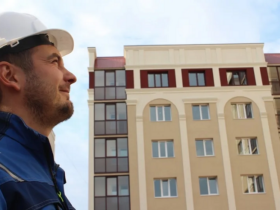Briefly about artistic forging. This ancient craft came to us from the oldest and most timeless times. Of course, modern methods differ from those that were then. But still, artistic forging itself has not yet lost its relevance.
Working with metal, the blacksmith strokes with a hammer, both on a red -hot material, never heated. Accordingly, art forging is divided into “hot” and “cold”. But not all metals can be changed without cracks and other damage. Therefore, only those that have the necessary level of plasticity, fluidity and viscosity are used. There is even a definition for this: “Maps of the metal”. Of course, the best survey will be in red -hot material.
With cold forging, patterns are formed by deformation of metal. Then annealing or recrystallization is performed for removing “Naples”. If earlier all this was done manually, now there may be special machines at the disposal of the blacksmith. Then, with the help of a grinder, the ends are cut, and the parts are collected in a single pattern with a welding machine. Cold forging is good to copper, silver and gold. Jewelry, by the way, is also a product of cold and hot forging, although the technology there is slightly different. But in the Middle Ages, blacksmiths were forged from ingots or just bars of precious metals Cups, bowls, trays, handles for daggers and many other products.
In today’s times, such forging is rare, except for the manufacture of sports cups. And then it is often not used gold itself, but gilding. But slightly changed cold forging methods have taken root very well in jewelry.
As for hot forging, it is produced with “spool”, as a rule, these are varieties of low -carbon steels. These are soft varieties containing 0.13 – 0.22% carbon. Of these, blacksmiths create grilles on the gate in Orenburg and various fences, as well as lamps and much more.
The profession of a blacksmith remains still relevant.







